Long before the age of World of Warcraft’s titans and their mortal descendants, the Black Empire ruled over Azeroth, with the influence of the Old Gods protruding into every corner of the world. The four Old Gods—C’Thun, N’Zoth, Y’shaarj, and Yogg-Saron—are some of the most powerful beings to ever exist in WoW’s lore, and at some point in the game’s 20-year history, all of them have been taken down by the player base.
Although the Old Gods have been vanquished, their influence can still be felt throughout the world. Many denizens of Azeroth continue to worship the Old Gods, hoping that one day they’ll return to bring about another age of darkness and terror.
WoW’s Old Gods are usually depicted as eldritch beings with countless tentacles, eyeballs, and appendages made to induce horror and fear. Traditionally, the Old Gods of Azeroth use manipulation and deception as their greatest weapons, as their powers allow them to trick and fool mortal beings into doing their bidding.
Here are all of the Old Gods introduced to WoW throughout its long history.
C’Thun
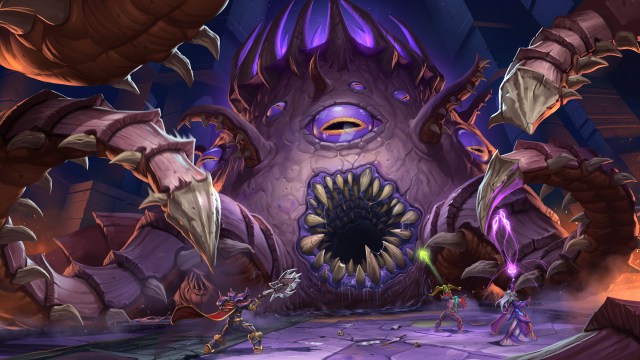
The first old god to make his mark on the WoW universe, C’Thun was introduced to the game as the final boss of the Temple of Ahn’Qiraj in 2005. As the leader of the Qiraji, C’Thun was a powerful force that had the most direct line of access to Azeroth. If he wasn’t stopped by WoW players early on in the game’s lifespan, it’s possible (if not likely) that he would have spread his influence across the world.
Related: What is Avaloren in WoW? Potential new WoW continent, explained
Yogg-Saron
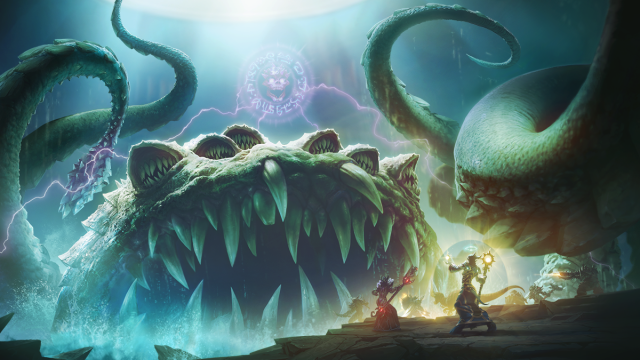
Yogg-Saron was introduced to WoW in the Wrath of the Lich King expansion, where he served as the final boss of the Ulduar raid. Unlike other Old Gods like N’zoth and Y’shaarj, Yogg-Saron was a secondary threat during that expansion but still needed to be put down before the imminent threat of the Lich King could be taken care of.
Yogg-Saron has one of the most iconic designs out of all enemies in WoW’s history, with his massive, gaping maw of a mouth being the centerpiece of his model and the countless jaws and gnashing teeth found across his body.
N’Zoth
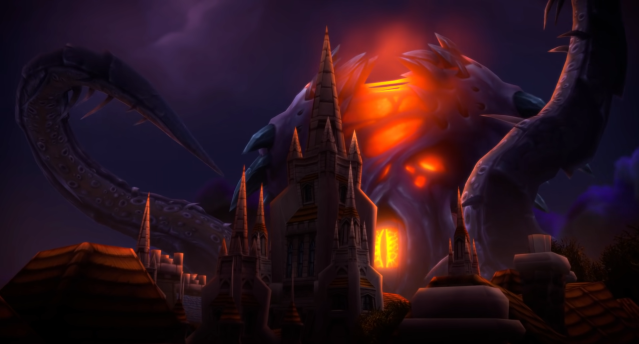
N’Zoth is perhaps the most powerful and recognizable of the Old Gods, N’Zoth was a central figure of the Battle for Azeroth expansions, which saw the reconstruction of the fabled Black Empire under its rule. N’Zoth is depicted as a monstrous purple being covered in eyes and tentacles, with a massive opening on top of its head. Champions of Azeroth invaded the eternal city of Ny’alotha, defeating the horrors within and putting an end to N’Zoth’s schemes.
Related: Can you solo Battle for Azeroth raids in World of Warcraft?
Y’shaarj
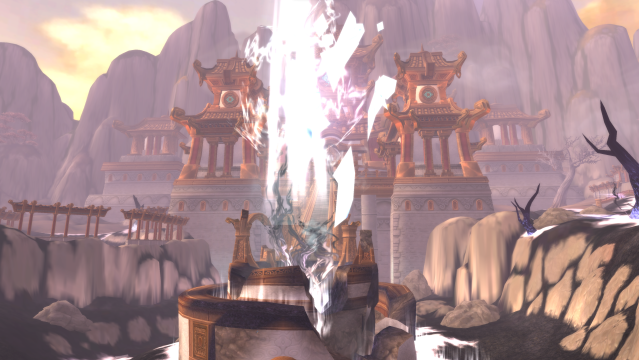
Y’shaarj was the overarching threat of the Mists of Pandaria expansion, as fragments of the old god called “Sha” were ever-present throughout the continent during the events of Mists. Y’shaarj was the reason for the corruption of the Warchief Garrosh Hellscream, who, with the power of Y’shaarj, ended up being the final boss of that expansion.
The heart of Y’shaarj was used to corrupt Pandaria’s Vale of Eternal Blossoms, and that corruption was a major reason why the Black Empire chose the Vale as an invasion point when N’Zoth returned in Patch 8.3. Y’shaarj is depicted as a green-and-purple shadowy being with countless eyes and claws.
G’huun
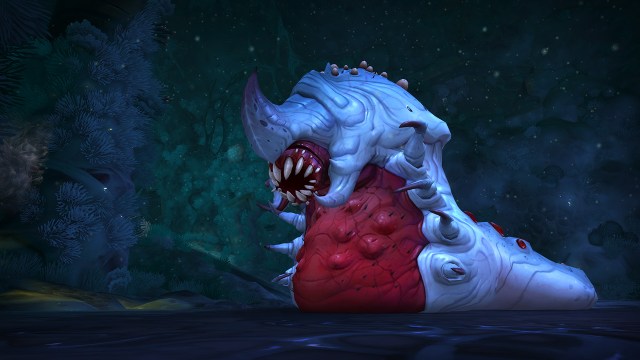
More of a failed experiment than a god, G’huun lurks beneath the sealed titan facility of Uldir in Nazmir. G’huun was created by the titans as a possible way to rid the world of the other Old Gods, although the corrupted result only ended up creating more of a threat to the world.
With that in mind, G’huun technically isn’t part of the original gang of Old Gods that ruled the Black Empire during the early days of Azeroth. G’huun’s presence in Nazmir evoked a spiritual response from the local Trolls, who began to worship the being as a “Blood God.”


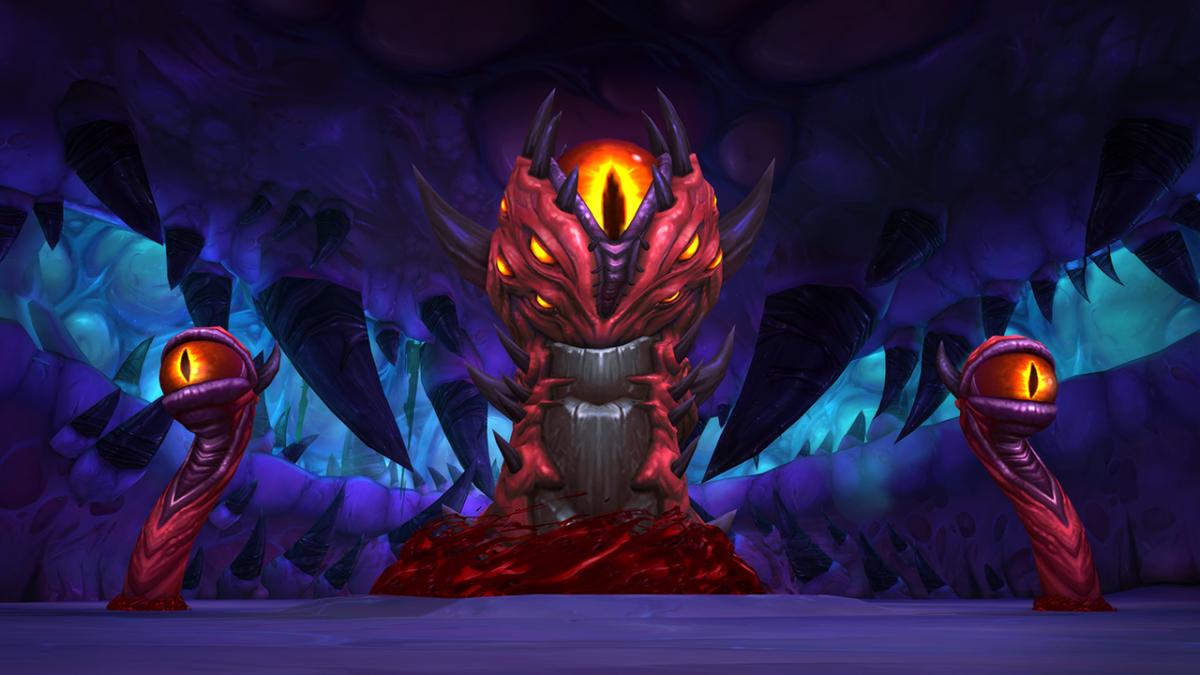




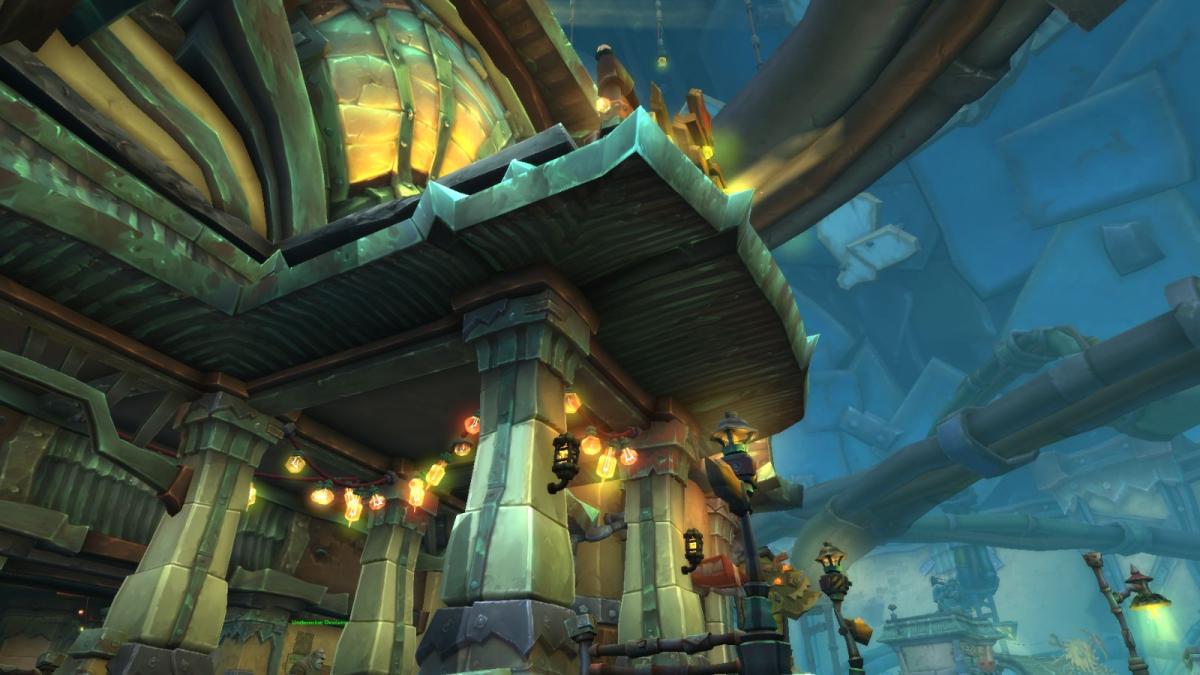

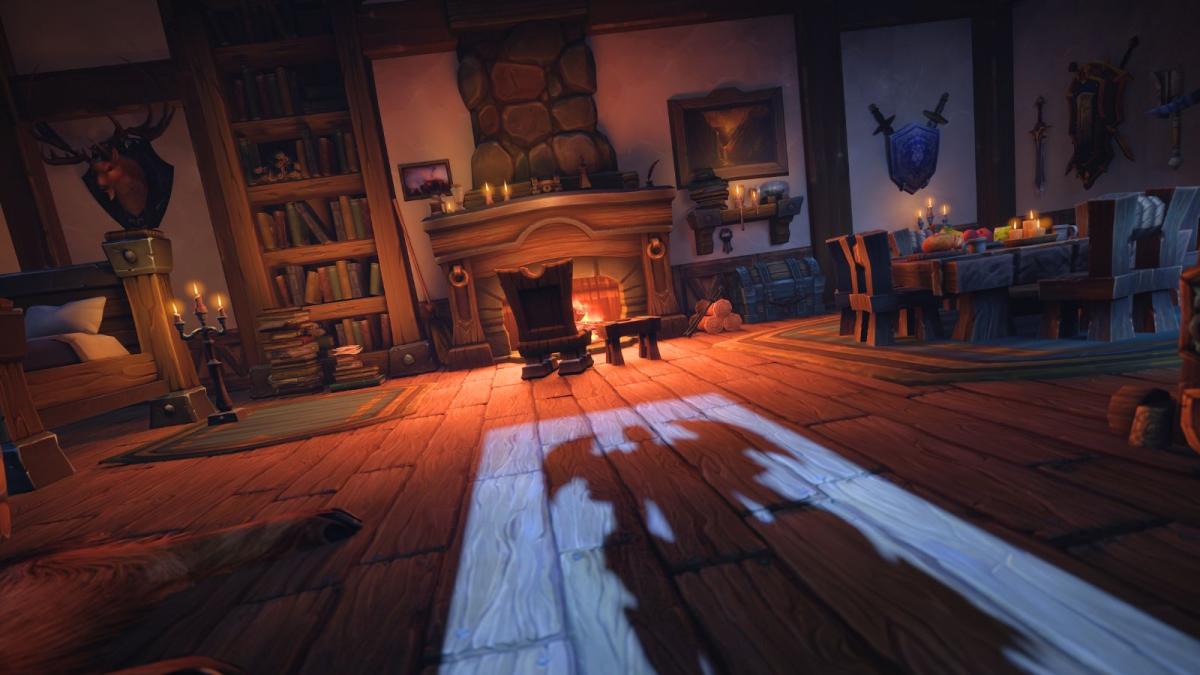

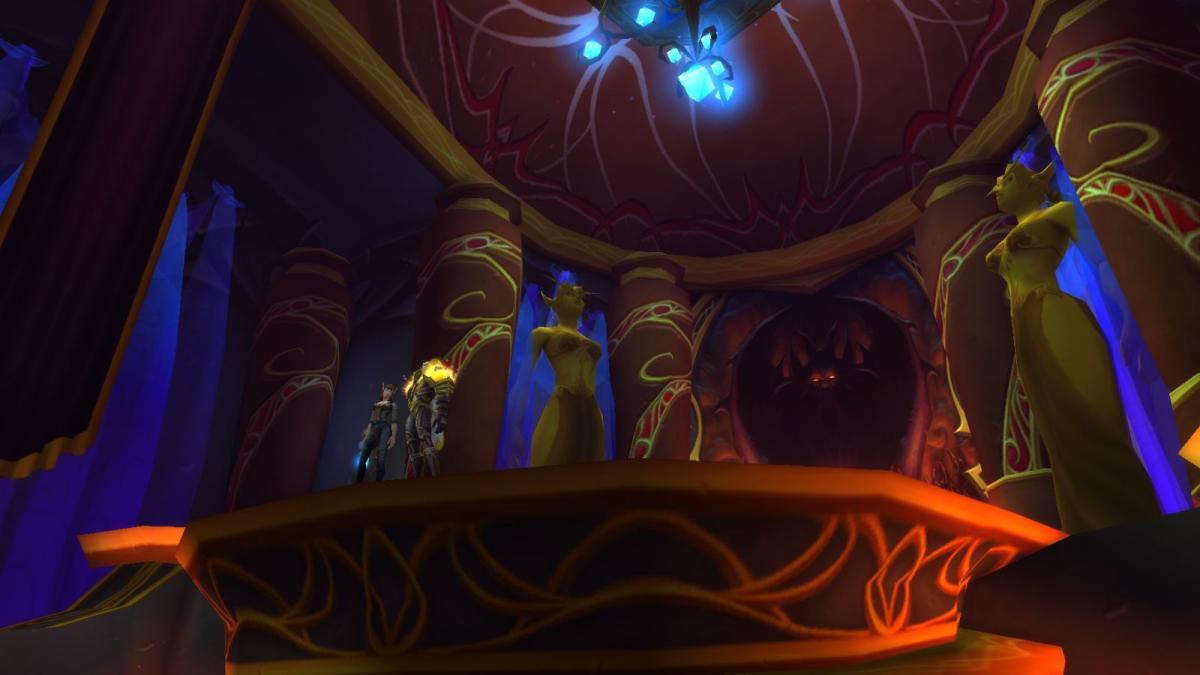

Published: May 28, 2023 09:12 pm